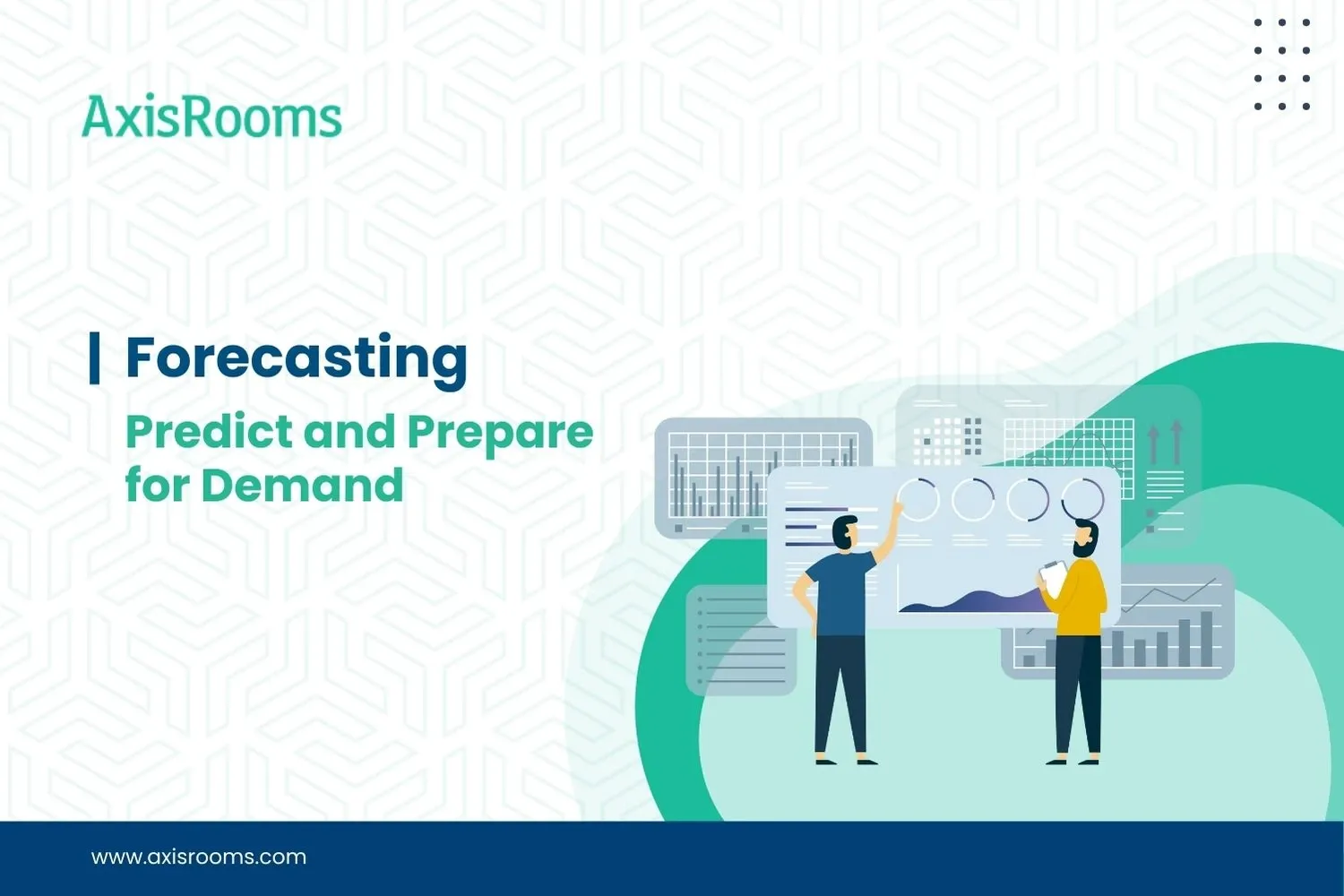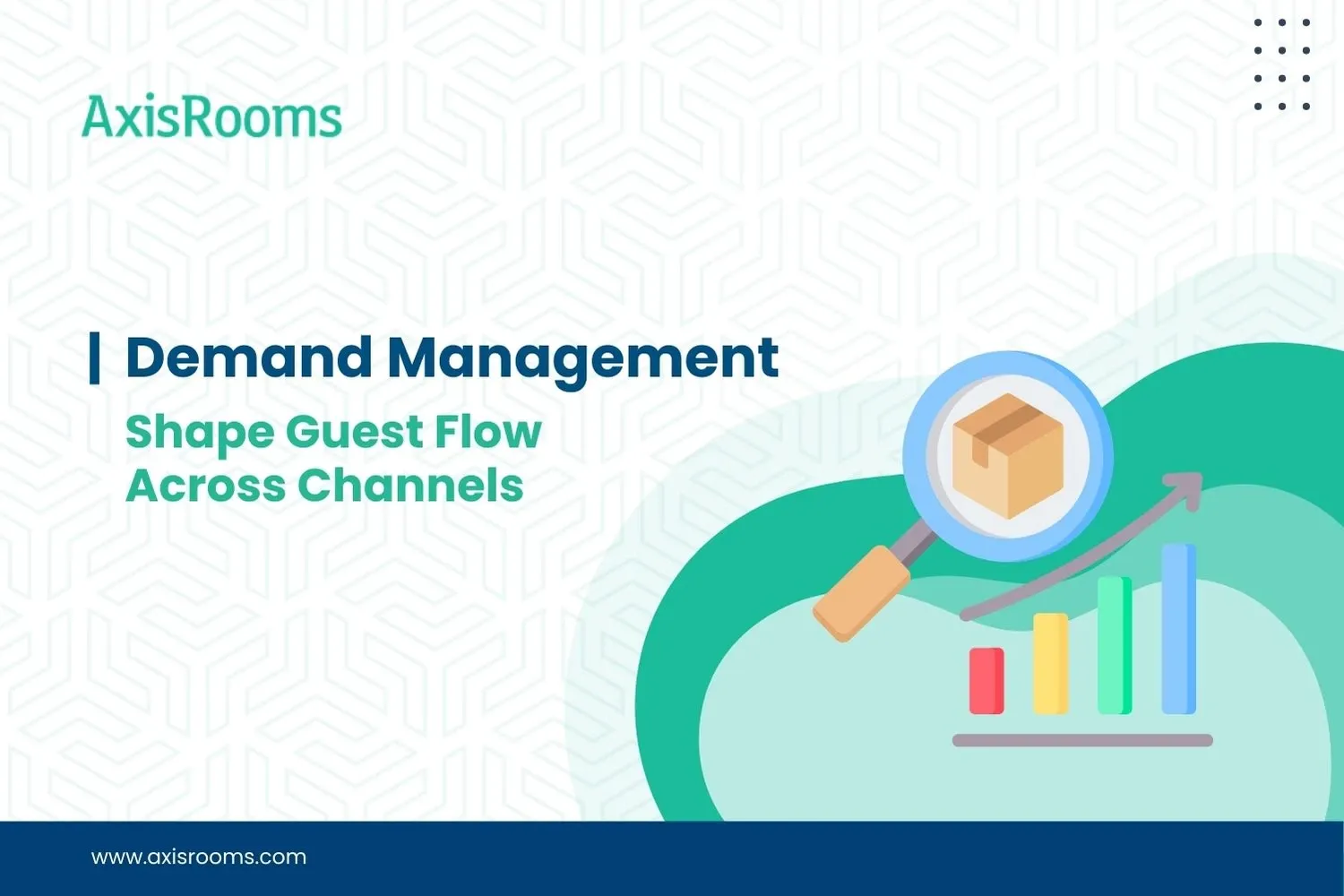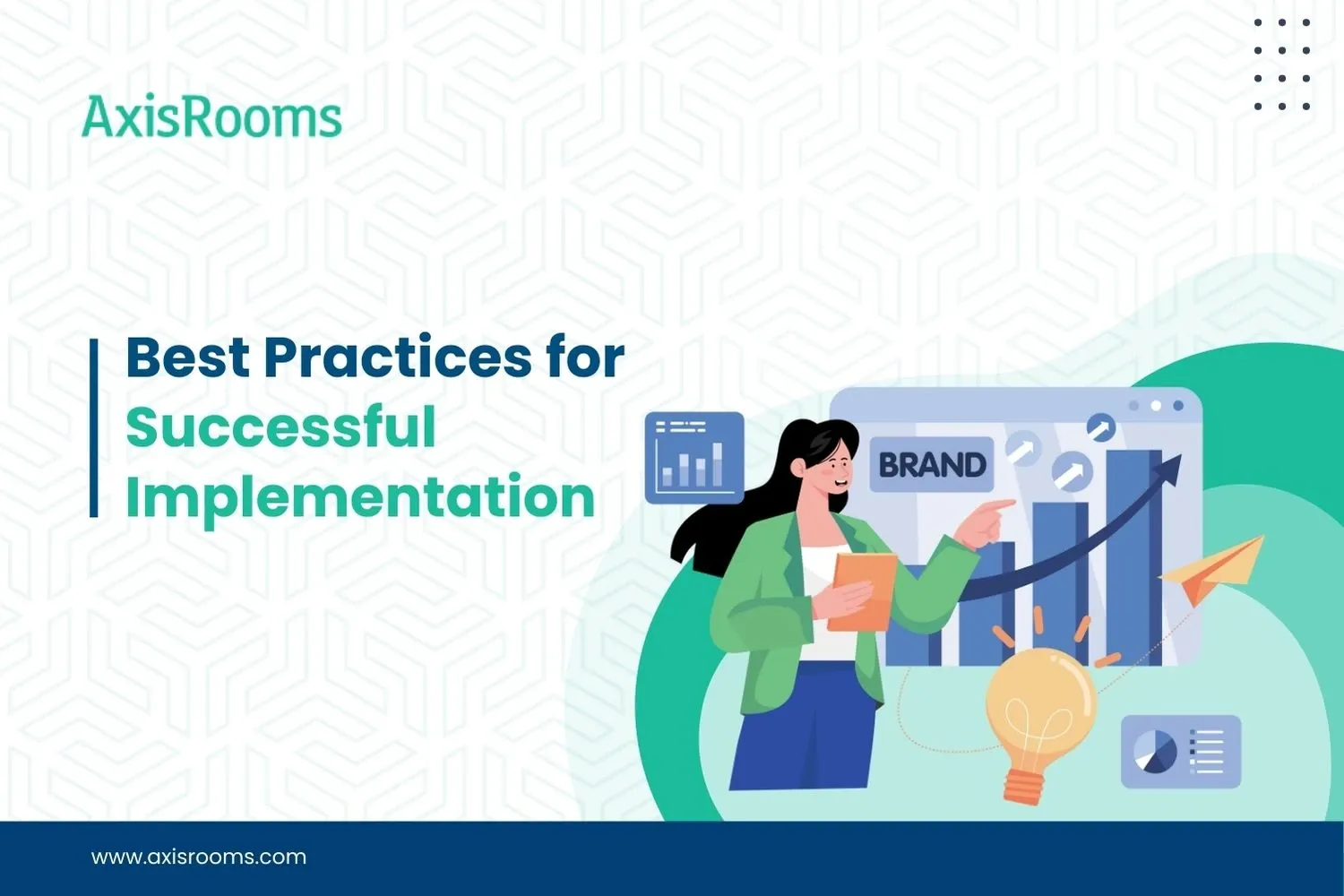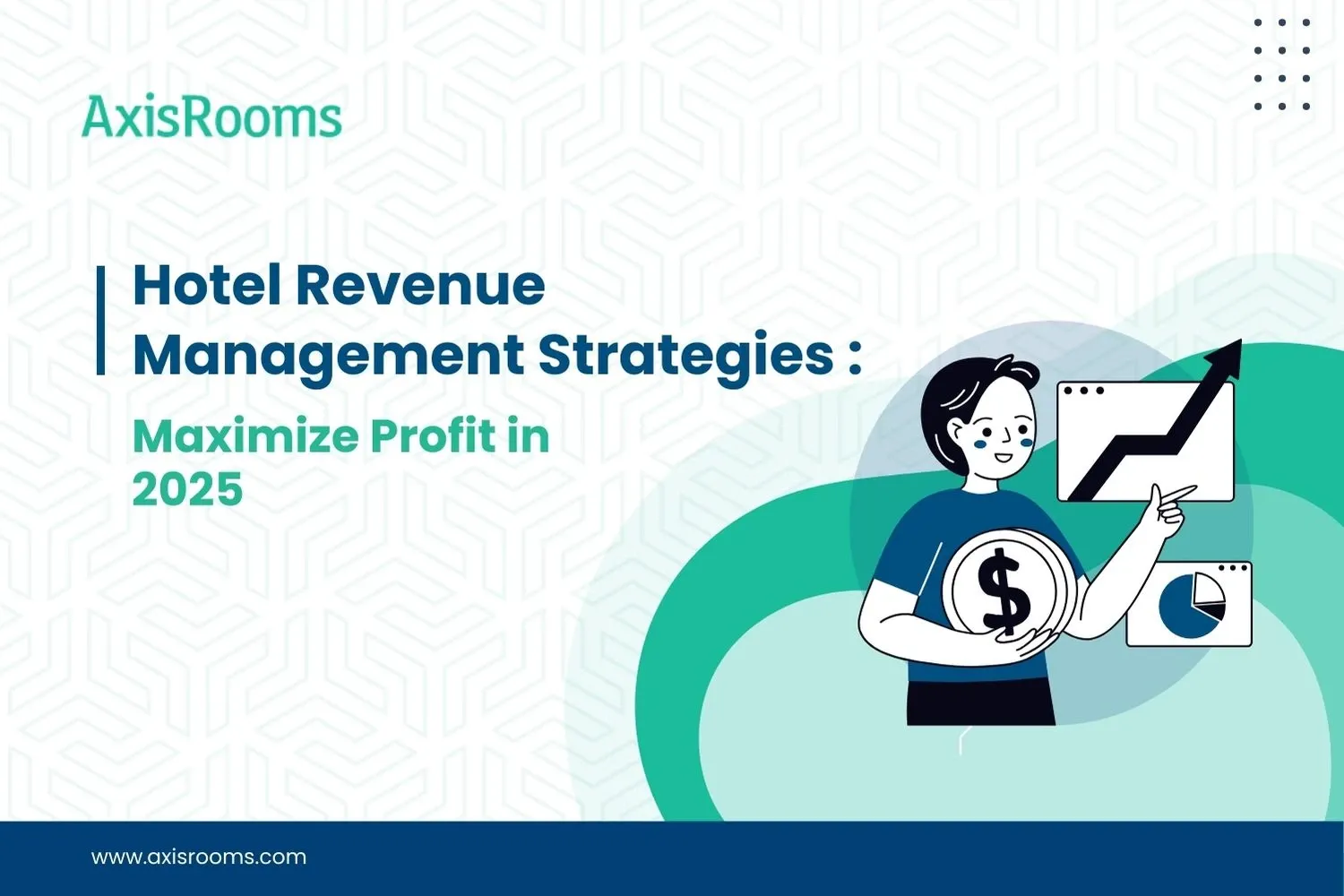Why Revenue Management Is Critical in 2025
In today’s rapidly evolving hospitality industry, hoteliers can no longer depend on static pricing or seasonal intuition. Guest behavior, booking windows, and competition have all become increasingly dynamic.
For properties of all sizes, the ability to price, forecast, and manage demand intelligently is now essential.
Let's break down what's happening in the market: in 2025, national occupancy sits at approximately 63.1%, with an average daily rate (ADR) of about $160 and revenue per available room (RevPAR) near $101. These metrics indicate a near recovery to pre-pandemic levels, with 2025 occupancy projected at 63.4%, just 2.4 percentage points below 2019's peak.
Key Challenges Hotels Face Today
With the right revenue strategies, even a 25-room boutique hotel can outperform larger competitors by maximizing per-room revenue and optimizing availability.
AxisRooms RMaaS: Revenue Management Built for Hotels Like Yours
It helps you:
- Automate dynamic pricing based on demand, occupancy, and trends
- Monitor your compset and update rates in real time
- Forecast demand and segment guest profiles for targeting
- Maintain rate parity across OTAs and your own website
Client Insight: “AxisRooms helped us align our weekday and weekend pricing strategies. Our RevPAR increased by 15% within one quarter, and we no longer worry about pricing manually before every peak.” — Revenue Head, Midscale Resort, Kerala
Strategy 1: Dynamic Pricing – Align Rates With Real-Time Demand
Dynamic pricing enables hotels to adjust room rates based on current demand, local events, seasonality, and booking pace. It's no longer a tactic just for large chains—it’s a must-have for all property types.
Real-World Applications:
- A hotel near a business hub charges higher rates during expos or weekdays
- Beach resorts adjust pricing weekly during the summer
- City hotels run flash deals during long weekends to boost leisure bookings
Why It Works:
- Keeps your property competitive against OTAs and nearby hotels
- Boosts occupancy during off-peak days
- Increases ADR when demand peaks
Caution:
- Avoid changing prices too frequently during a single day—it may confuse guests or hurt trust
- Ensure your PMS, channel manager, and RMS are fully integrated for automated rate sync
Strategy 2: Forecasting – Predict and Prepare for Demand

Revenue forecasting is about using historical and current data to anticipate demand, plan resources, and price accordingly.
One of the main priorities for successful properties in 2025 is driving direct bookings at retail pricing by targeting the right customers with the right offer to boost conversion rates. This approach helps maintain profitability as market growth flattens and costs continue to rise.
How Forecasting Helps:
- Staff planning based on expected occupancy
- Inventory management aligned with stay patterns
- Launching promotions in low-demand periods
Key Forecasting Inputs:
Common Mistakes:
- Ignoring cancellation rates or lead times
- Relying only on historical data without monitoring live booking pace
Pro Tip: Regular forecasting also supports a more focused hotel marketing strategy, allowing you to align seasonal offers and campaigns with anticipated demand.
Strategy 3: Demand Management – Shape Guest Flow Across Channels

Demand management focuses on balancing inventory, channels, and guest types to optimize both occupancy and profit.
Rather than reacting to booking trends, you proactively influence when and how bookings come in.
Common Demand Tactics:
- Segmented channel distribution: Limit OTA inventory when direct bookings pick up
- Midweek discounts: Encourage bookings during off-peak periods
- Bundled packages: Upsell services like breakfast, spa, or airport transfers
Benefits:
- Balanced occupancy across days and room types
- Lower risk of overbooking and cancellations
- More predictable revenue across the month
AxisRooms Advantage:
With RMaaS and integrated channel management, hotels can automatically shift inventory and optimize yield across each channel without manual updates.
Best Practices for Successful Implementation

Whether you operate a standalone hotel or manage a chain, applying these strategies successfully requires system alignment and operational discipline.
What Hoteliers Should Focus On:
- Use PMS integrations to connect front desk operations, reservations, and revenue tools in one platform
- Monitor lead time trends—this is often a hidden driver of early or last-minute bookings
- Review OTA vs. direct booking performance and optimize based on margin, not just volume
- Train front desk teams to upsell or cross-sell based on occupancy and forecast
Quick Summary: Do’s and Don’ts for Revenue Management
Final Thoughts: Grow Revenue Without Growing Room Count
The most profitable hotels today aren’t necessarily the biggest—they’re the smartest with their inventory.
By applying:
- Dynamic pricing
- Data-based forecasting
- Strategic demand management
You can stay ahead of market changes, fill rooms at profitable rates, and outperform larger competitors without over-discounting.
With AxisRooms RMaaS, you get access to intelligent pricing tools, market insights, and seamless PMS integrations that save time and improve accuracy.




